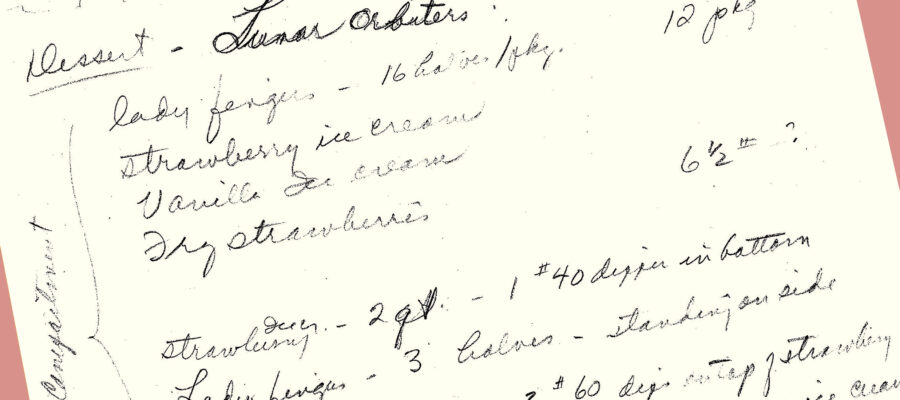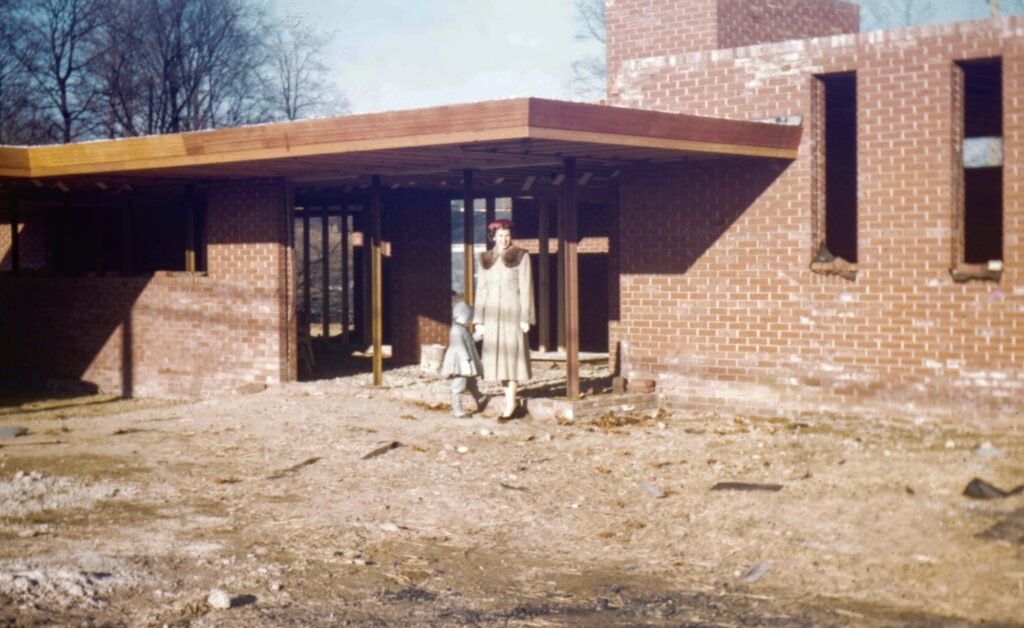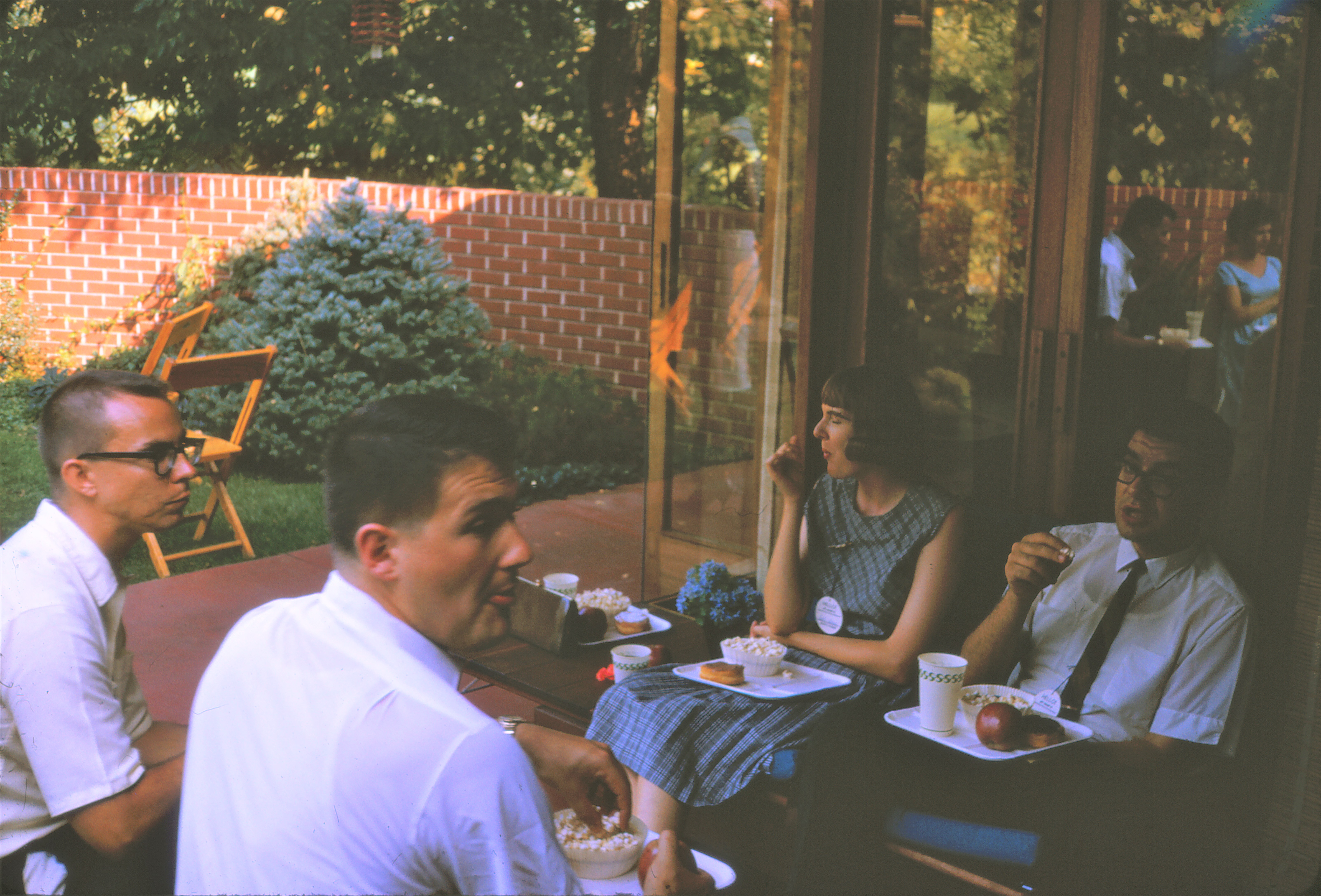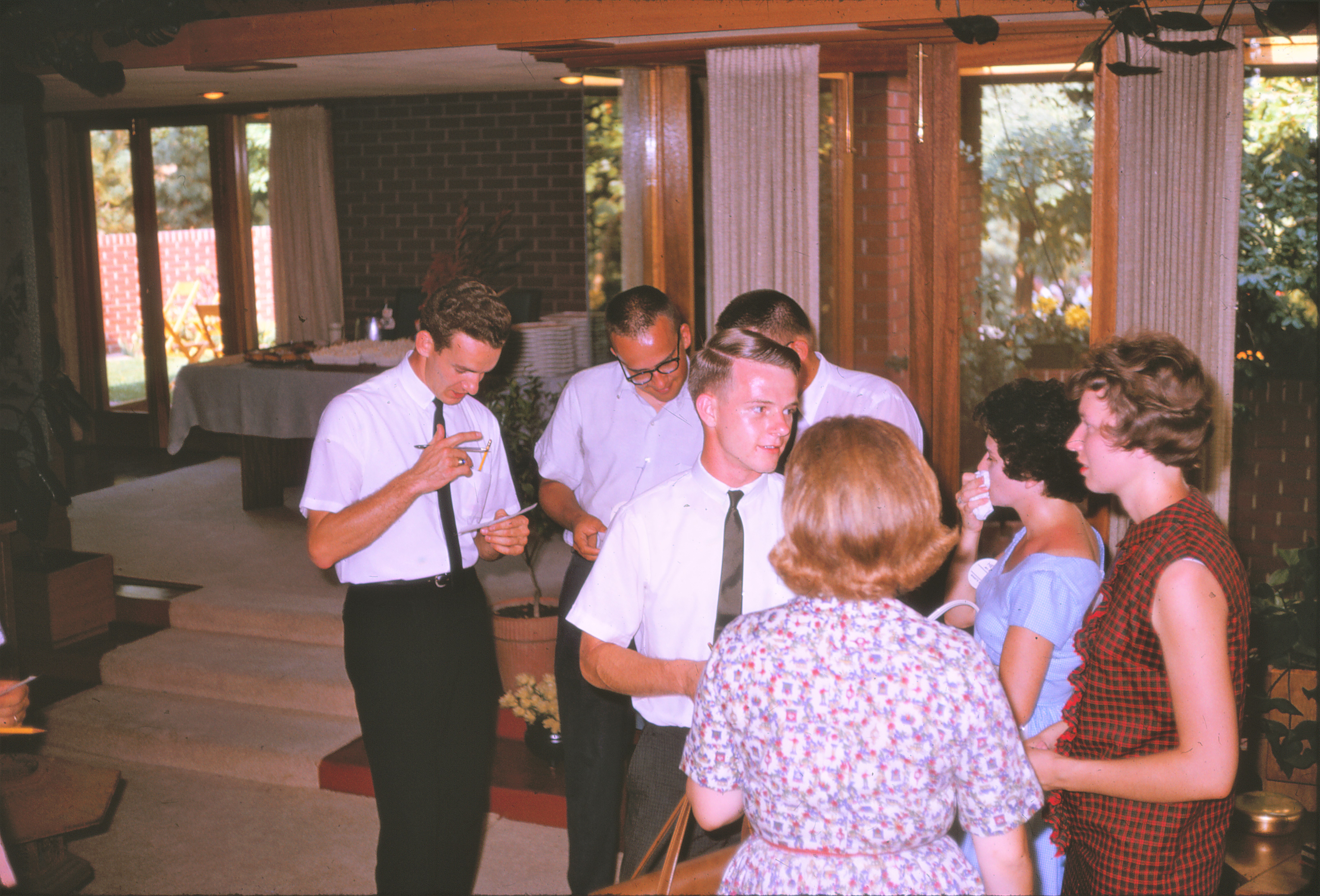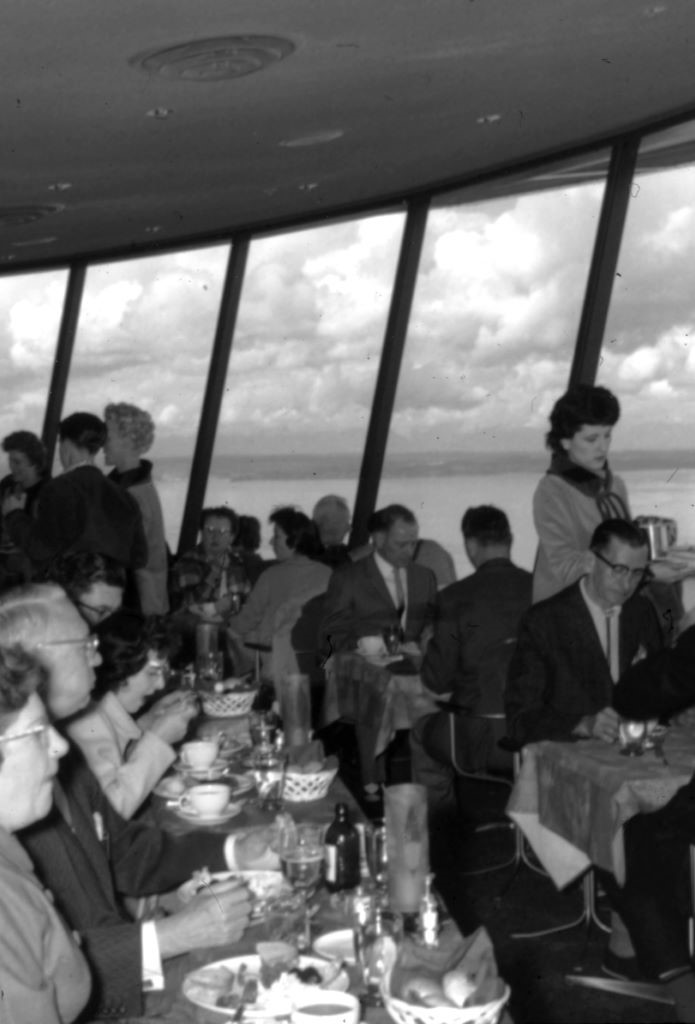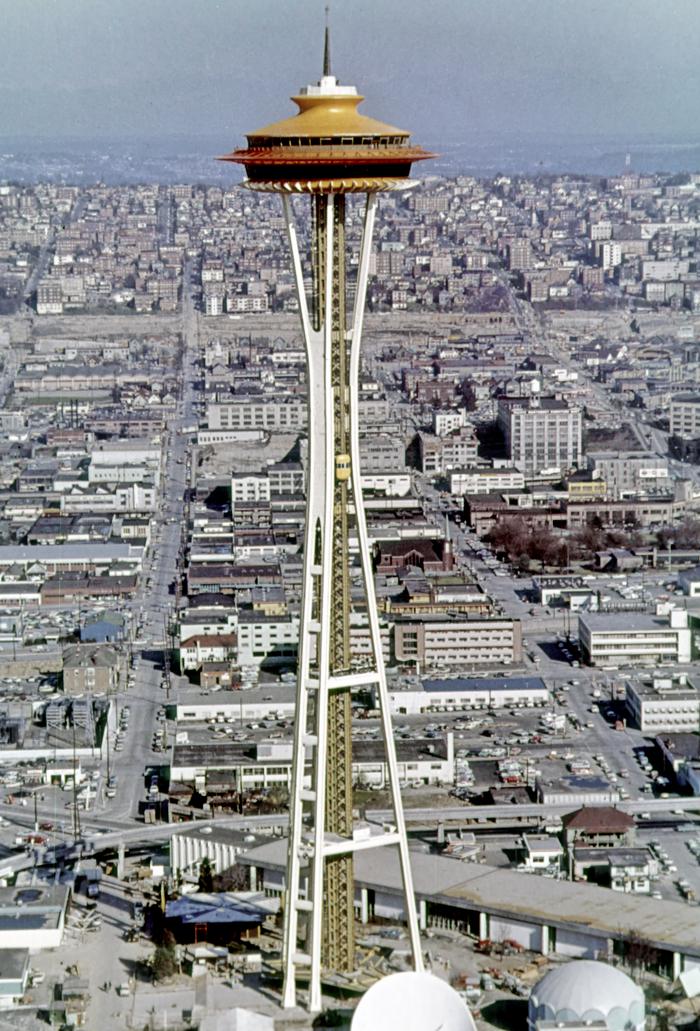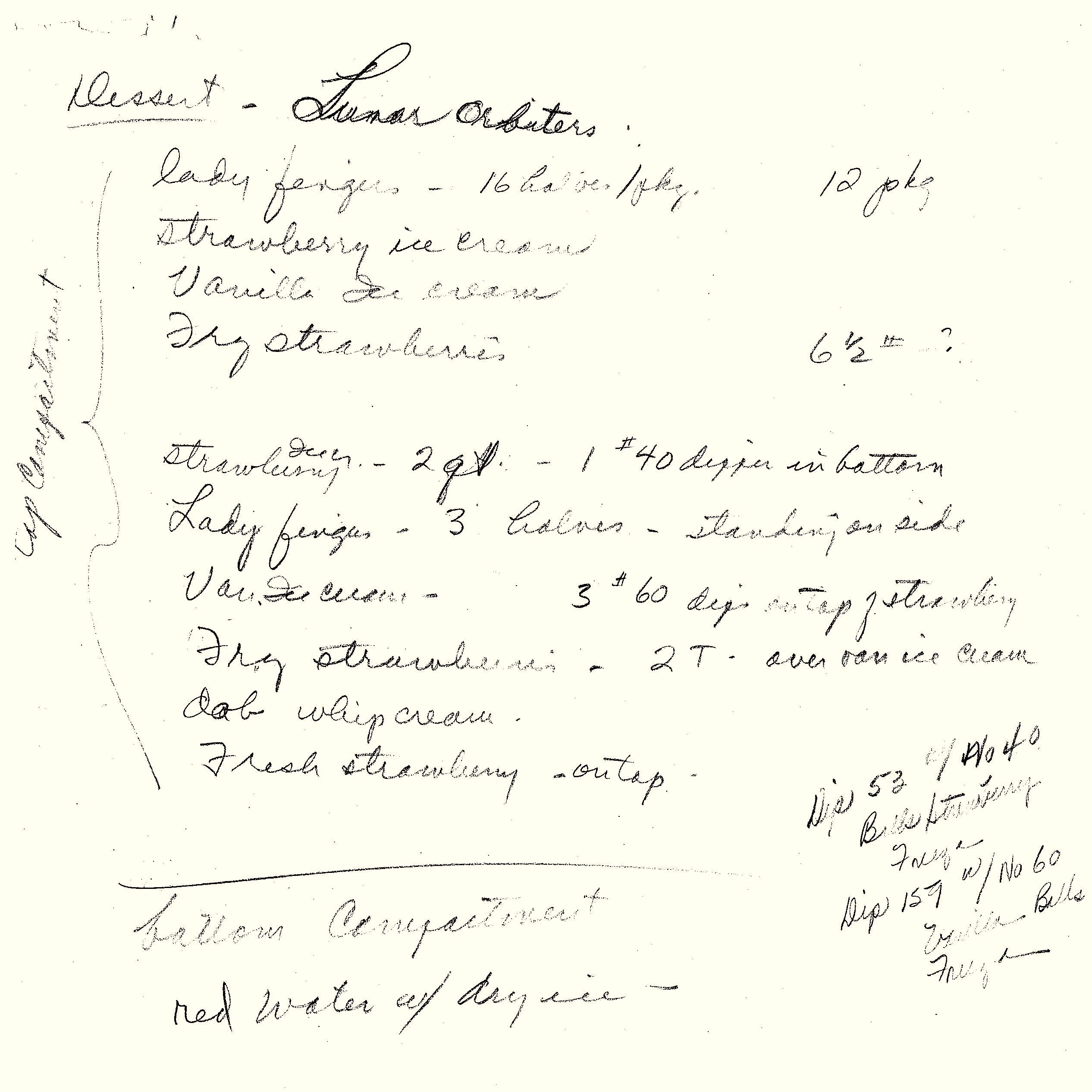A Curiosity for the Natural World
American architect Frank Lloyd Wright (1867 – 1959) lived from the end of the American Civil War and the days of horses and buggies to the dawn of the Space Age and the launch of the Sputnik 1 Satellite into orbit. He described his last personal home, Taliesin West in Scottsdale, Arizona, as “a look over the rim of the world.” Although Wright never got to see the first person to land on the moon—an event that would happen a decade after he died—his twilight years were spent surrounded by a culture ignited by space exploration, technology, and imagining what was beyond Earth’s atmosphere.
Near to the start of the Space Age, Frank Lloyd Wright designed the John and Catherine Christian House, Samara, in 1954. Every component of the home supports the connection between the natural world, built environment, and human life, reinforcing the idea that the way we build influences the way we live, a concept Wright called “Organic Architecture.” Wright continuously experimented and re-defined what organic architecture could mean, expecting the definition to grow with his clients and architectural students, even after his own lifetime.
The Age of Space
Aligning with his philosophy, the Christians wished for “a home and its surroundings that would have a future, one that would grow with them.” Their connection to nature extended from their home to the way they entertained their guests. With Dr. Christian’s scientific knowledge and Mrs. Christian’s artistic and social skills, they often created a magical, theatrical, and mystifying atmosphere. “The Lunar Orbiter,” a dessert they served on special occasions, exemplifies their entertaining style, offering an ice cream sundae that smoked and sizzled as if it was ready to launch into orbit.
When they began serving the dessert in the 1960s, the Christians couldn’t have known that their home would be right across the street from what would one day become known as “The Cradle of Astronauts.” Through his work at Purdue University, Dr. Christian participated in national and international meetings, and his family enjoyed combining business and vacation, as they did on a trip to Seattle, Washington in 1962, where they saw the Century 21 Exposition World’s Fair.
Nearly ten million people attended the Century 21 Exposition, themed “The Age of Space,” and one of the fair’s defining landmarks was the Seattle Space Needle, a structure meant to represent what the space age would look like in the twenty-first century. The Needle’s saucer-shaped “top house” offers visitors 360-degree indoor and outdoor panoramic views nearly 520 feet above ground and, until 2017, a restaurant that served the Lunar Orbiter dessert enjoyed by the Christians in 1962.
Tickled and impressed by the Lunar Orbiter’s dazzling presentation, Mrs. Christian and daughter Linda took the idea back home to Indiana to create their own version. Not knowing the chef’s technique and recipe, they brainstormed a cold dessert that smoked, and thanks to the scientific knowledge of Dr. Christian, replicated the effect they’d enjoyed at the Space Needle.
Ice Cream and Rocket Fuel
Mrs. Christian’s version of the Lunar Orbiter called for construction of the dessert in two parts: the dessert itself and its “rocket fuel.” The dessert layered ladyfingers sponge cakes, strawberry ice cream, vanilla ice cream, frozen strawberries, whipped cream, and a fresh strawberry for garnish, while the rocket fuel was made up of colored water—dyed to match the table settings—and dry ice. Rumors have it that the Christians would occasionally replace the dining room candles with sparklers and hang puffs of cotton candy from the ceiling above to resemble clouds. The Christians’ dining room looked as if it were ready to fly into space!
The recipe accommodates up to 50 people, a necessity as the family regularly hosted the Purdue University Club, Purdue Women’s Club, Kappa Theta Psi, Psi Iota Xi, and the Lafayette Art Club.
Dr. Christian praised his wife’s attention to detail and artistic flair for entertaining in a manuscript he wrote in 1995: “When undertaking something, she gave it her very best effort as a perfectionist in all her undertakings. She was an adept hostess with characteristics of verve, energy, and enthusiasm. Her parties and receptions were complete in every fascinating detail. Her dinners both inside and outside the home were exquisitely planned and executed.”
The Christian’s love of nature, their Wright-designed house, and each other are evident in nearly every facet of their home, Samara. Nearly 65 years later, public interest in both Wright’s architecture and space exploration endures, making the Lunar Orbiter the perfect dessert to celebrate our place, or where we could one day be, in the universe.
Kay’s Lunar Orbiter Recipe
Ingredients:
- Ladyfingers Sponge Cakes
- Strawberry Ice Cream
- Vanilla Ice Cream
- Frozen Strawberries
- Whipped Cream
Directions:
- Use a shrimp cocktail dish with a bottom and a top compartment.
- In the top compartment, put one #40 disher* of strawberry ice cream.
- Stand three halves of ladyfingers up the side of the dish.
- Put three #60 dishers* of vanilla ice cream on top of the strawberry ice cream.
- Sprinkle 2 tablespoons of finely chopped frozen strawberries over the ice cream.
- Garnish with whipped cream and a fresh strawberry.
- In the bottom compartment, place some red-colored water.
- Just before serving, add dry ice** and watch the “orbiter” take off!
*A “disher” is an ice cream scoop. The # refers to the size of the scoop.
**DO NOT HANDLE DRY ICE WITH BARE HANDS; DO NOT INGEST DRY ICE
“Study nature, love nature, stay close to nature. It will never fail you.”
Frank Lloyd Wright
